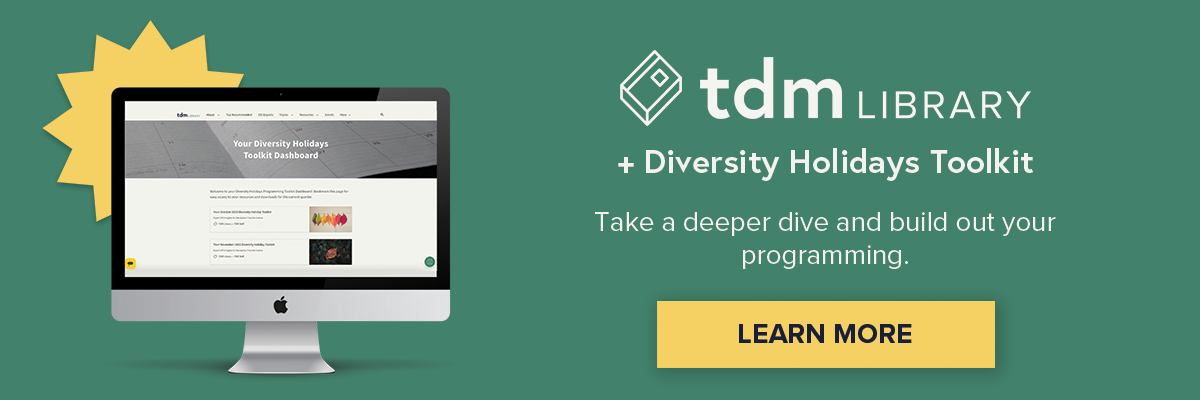Highlighting Gender Equity on Women’s Equality Day
Many are likely familiar with Women’s History Month, which takes place in March. But are you familiar with Women’s Equality Day?
What is Women’s Equality Day?
Women’s Equality Day is observed every year on August 26, commemorating the day in 1920, when the 19th Amendment to The United States Constitution was signed into law, officially granting women the constitutional right to vote. First celebrated in 1971, Women’s Equality Day continues to highlight ongoing efforts to establish full gender equality.
It’s important to note two things here. First, when women gained the right to vote, this still excluded most women of color, some of whom were not allowed to vote until the 1950s. Second, equality and equity are not the same. Equality means that all people are given the same resources and opportunities, whereas equity acknowledges individual circumstances and allocates resources and opportunities proportionately.
Why does it matter?
Despite significant strides toward equal opportunity for women, discrimination and bias still impede women’s access to healthcare, jobs, safety, and other fundamental rights and freedoms. This is especially true for women with intersectional identities – women of color, women with disabilities, and those in the LGBTQ+ community. Black and American Indian and Alaska Native (AIAN) women have higher rates of pregnancy-related death than White women. The unemployment rate among women with disabilities (9.4%) is more than twice that of those without disabilities. And, LGBTQ+ women face higher rates of workplace harassment and microaggressions.
Why should Women’s Equality Day matter within your organization?
Equitable space is productive space. When women have equal opportunity, everyone benefits, including within the workplace. Organizations that promote and maintain inclusive spaces where women can thrive, report higher employee satisfaction, lower turnover, higher employee performance and job engagement, and better leadership.
However, evidence of lingering inequality can still be seen in the workplace. Many women face the “broken rung” phenomenon, which means far fewer women occupy leadership roles than men. For instance, for every 100 men promoted to a managerial role, only 86 women are promoted. Today, 62% of C-suite positions are held by White men. The gender pay gap causes U.S. women to earn only 83 cents for every dollar that American men earn, a disparity that increases when accounting for race or disability. And as a result of the pandemic, the gap has widened so much that experts estimate it will take 108 years to close.
By uplifting the values behind Women’s Equality Day – demonstrating that women employees are equally valued, respected, and critical to business success — companies stand to benefit in every way.
How can you participate?
As an ally, you can help create a more equitable and inclusive society today.
Here are some ideas to help you get started:
- Read. Resources abound within organizations like National Women’s History Alliance, the National Constitution Center, and the U.S. Department of Labor. Learning about women’s history can help fuel the momentum of progression for tomorrow.
- Campaign. Advocate for your workplace to host equity training for employees or to do a pay equity analysis.
- Give financial support. Patronize women-owned businesses – especially those enterprises owned by Black, Latina, Indigenous, Asian, disabled, or LGBTQ+ women. Check your local chamber of commerce’s website to find these organizations.
To learn more about other opportunities to celebrate diversity throughout the year, subscribe to The Diversity Movement’s Diversity Holidays Programming Toolkit.





